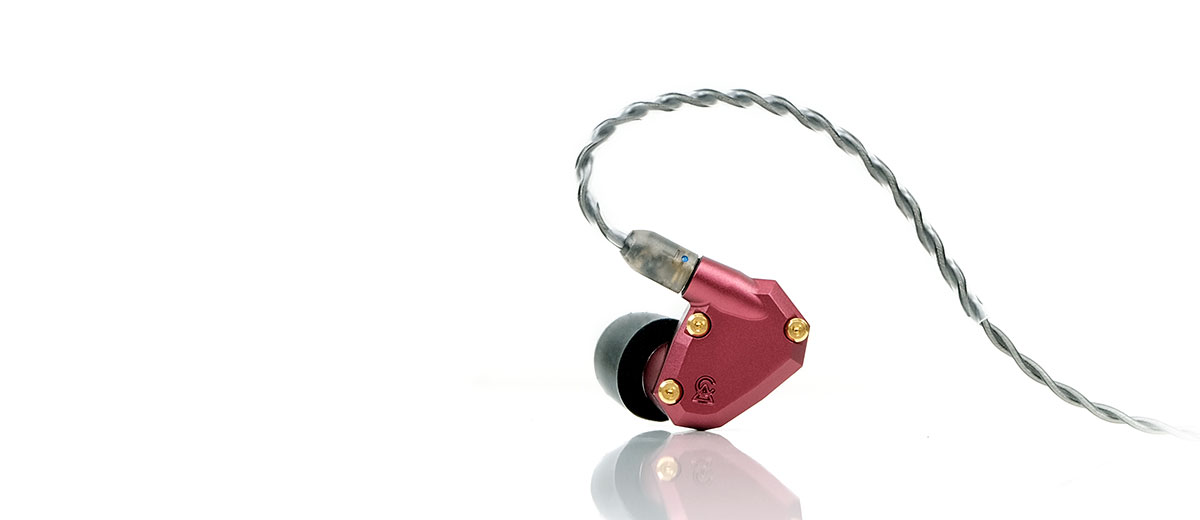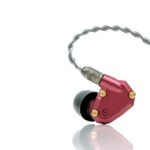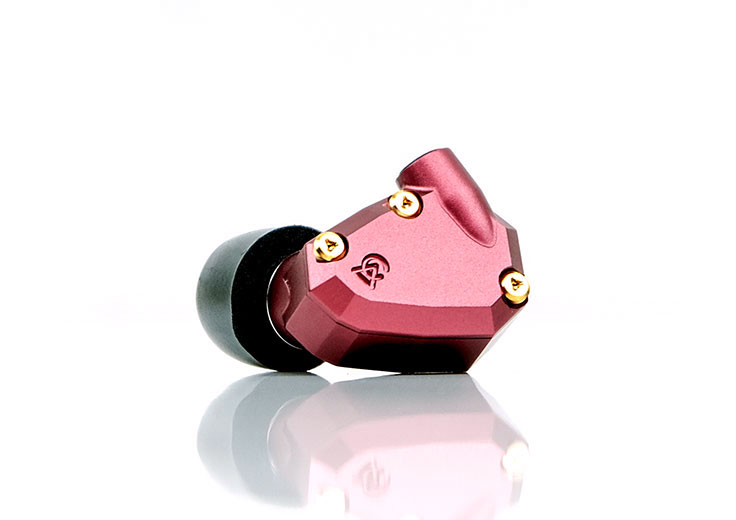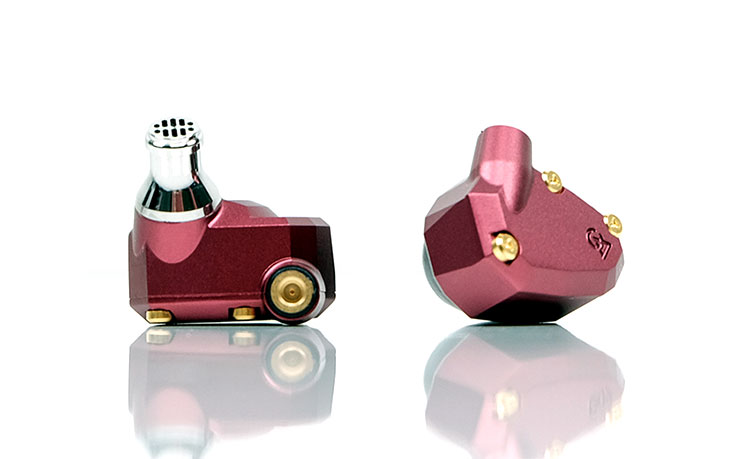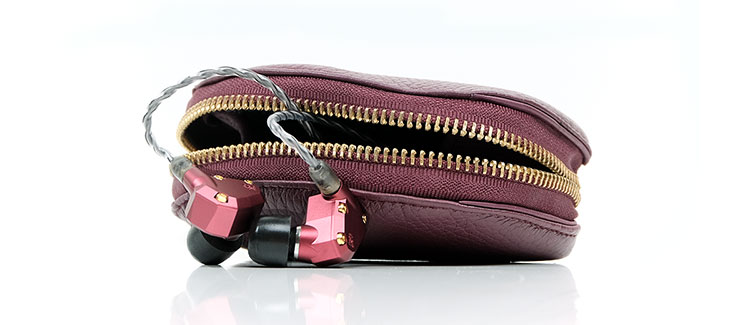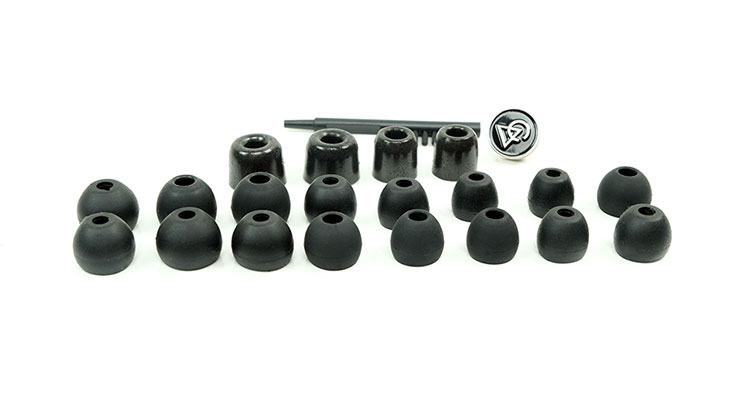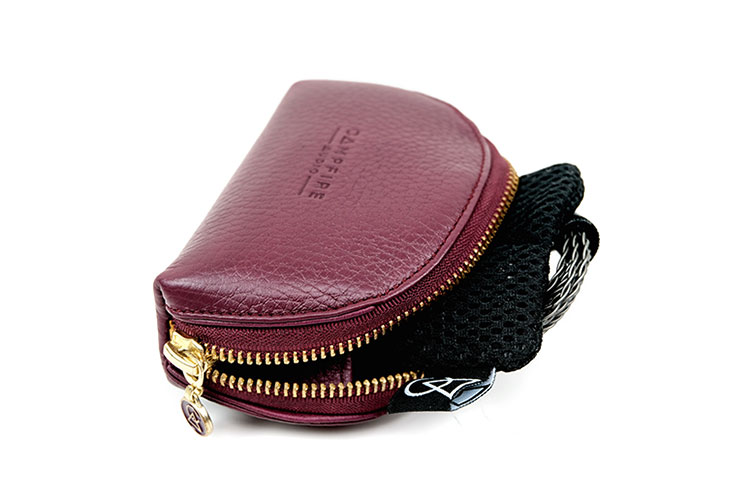The Campfire Audio IO is the company’s latest dual balanced armature driver universal monitor with a unique mid-centric tuning. It is priced at an affordable $299.
Disclaimer: The Campfire Audio IO sent to us is a sample in exchange for our honest opinion. We thank the team at Campfire Audio for giving us this opportunity.
To read more about Campfire Audio products we reviewed on Headfonics click here.
Note, this 2-page review follows our new scoring guidelines for 2020 which you can read up on here.
The Campfire Audio IO is a completely new monitor with unique tuning and is not a next-gen Orion or Nova, at least in terms of tuning. The Orion and Nova are no longer available to buy so whilst not a regen, it does fill the obvious gap left behind by these two older models.
The IO retails for a not-unreasonable $299 and takes its position just above the single BA driver $199 entry-level Comet. The Comet received a “Bang For Buck” award in 2018 but these days the 1-2 BA driver market is getting very competitive.
Campfire Audio has made a very conscious step to differentiate the IO from the Comet, however. It looks radically different and is also tuned to appeal to very different tastes. You could argue that they complement each other rather than openly compete for the same set of ears.
Tech Inside
The IO is a two-driver (balanced armature) universal monitor with a large vented sub-woofer type BA for the lows and mids and a smaller tweeter type for the highs.
In a way that places it closer to the Nova than the Orion for a replacement when it comes down to pure driver counts. However, that doesn’t really tell the full story.
The first big change from those classic units is the further trickle down into the IO of Campfire Audio’s previous flagship technology, the T.E.A.C system, (Tuned Acoustic Expansion Chamber.) That means every universal balanced armature and hybrid driver monitor in their lineup now has this tubeless chamber technology for top-end performance.
The second is the refinement and changeups in the build quality and accessories included.
The tweaks include a new anodized finish on the shell with gold-plated screws, a grab for the Comet and Atlas stainless steel nozzle as well as a flashy new carry case, and a smoky jacket finish to the included SPC Litz cable.
Design
The form factor and type of finishing on the body is classic Campfire Audio with an anodized aluminum alloy shell and that slightly angular design. This is the 2nd gen design (the 1st was the original Lyra) see on the Orion, Nova, Polaris, Andromeda, and Jupiter.
The Garnet colored finish, longer stainless-steel chrome finished nozzle, and gold-plated triple screw on the front plate are new.
There is so much pop to the color, something which I am a big fan of in audio design. Black can be nice but “samey’ at times and one thing CA loves doing is messing around with color schemes. Outside of the Solaris, the IO color scheme is my favorite to date.
The 24k gold screws are also a nice upgrade on the original ‘plain Jane’ screws from the Andromeda whereas the alloy tube is ‘stolen’ from the left-of-field designs of the Comet and Atlas.
Now, this is only a few months old, so time will tell if the anodized finish will hold up the daily rigors of life or will start chipping away.
Cable & Connectors
Connectors
As with all CA monitors, the IO is terminated with their excellent beryllium MMCX connectors. CA reckons these designs will last way longer than traditional brass materials. I have yet to break a set of these on any of my CA monitors to date and I roll cables ‘like a boss’ on them. One important design change though consistent with the Polaris 2 connectors.
Stock Cable
The cable has a dash of ‘design-new’ but also it is the same cable that comes with the new Polaris 2. The core wire is not new, however. This is their standard 4-core SPC Litz wire. Rather, the jacket and barrels have been given a much darker smoky tint which better meshes with the color scheme of the IO itself.
All the properties seem to be the same as before except the memory hooks which have no more memory wire and instead use a springy type build. It does feel a lot looser out of the box and much more manageable as a result.
This particular cable is 1.35m and terminated with a right-angle 3.5mm TRS jack and those beryllium MMCX connectors on the other side. It is a quiet cable, with no physical noise on the wire but it does retain a tiny bit of kinking here and there.
Comfort In-Ear
The IO comes with the Comet/Atlas chrome-finished stainless steel nozzle and it is a little longer than the previous nozzles used on the Orion and Nova. The comfort levels with the various tips are better and the seal is pretty good also with that additional nozzle length.
The new nozzle design places more emphasis on the tip fit and places that angular body a bit further away from the ear so the edging does not create undue discomfort up against the outer ear.
Tips
You get 3 different types of tips inside the IO package which are as follows:
- Final e-tips (xs/s/m/l/xl)
- Foam Marshmallow tips S/M/L
- Silicone single-bore tips S/M/L
Isolation using all of the tips is actually very good. The foams will cut off most of the higher frequency background noise out of the three choices here and more so than the Final E tips which leak in a bit more. The regular single-bore silicone tips would come in second for me in terms of blocking out noise and the Final E last but the gap is tiny.
What is probably more critical is the tonal changeups between the three tips. I personally prefer the foam tips out of the three. The timbre is a bit thicker, especially on percussion and string timbre and there is less of s steely or sibilant sound on vocals.
The regular black single silicone is probably the brightest sounding with the Final E offering a compromise between the foam’s warmer sound and regular black silicone’s brighter overtone.
Accessories & Packaging
Theme
Possibly a shallow statement but I am in love with this new Garnet color they have chosen for the IO. It permeates on the box, new carry case, and the shells and makes a really nice picture. Old schoolers would likely call this a red wine-type color but either way it has an immediate attraction.
The retail packaging has changed also. Gone are the little logistic budget-friendly boxes from the previous range (not including the Solaris) and in comes something a bit more intricate and bigger. I dare say these new cases might be more expensive to procure or make. They do make for a nicer display box on the retail shelf though.
The mechanics of the unboxing are more like a little petal-type paper fold on the base of the box. This, in turn, allows you to peel off the outer box cover to reveal a flip-top lighter-colored container adorned with the more traditional Campfire Audio branding.
Accessories
Flip the box lid and inside you have the accessories inside a similarly colored cardboard tube and the new carry case inside which you will find the IO and cable. As always with Campfire, the accessory line-up is just beautiful as well as plentiful.
The full lineup of accessories, (not including tips) is as follows:
- 3 x cushioned pockets (for the monitors and foam tips)
- Cleaning brush/pick
- New leather carry case
- SPC Litz cable
- Campfire Audio pin badge
Carry Case
The new case is similar in materials and finishing to the old case but has a very new form factor. This is more of a purse-type metropolitan design with slightly softer side support compared to the older more rigid square casing they used on all previous models.
The inside is finished with the same cool charcoal furry lining from the older generation. The outer color is in keeping with the garnet theme right down to the zipper pennant which I just love.
My overall feeling about the new case is that it might not have quite the same space inside as the older carry cases. Might be something to do with the rounded finish and slightly less depth on the sides.
However, it does seem to have a bit more of an expansive property to its leather so you can stuff plenty in there and zip it shut. Just watch out that you do not catch the cable in the zipper as you close it.

